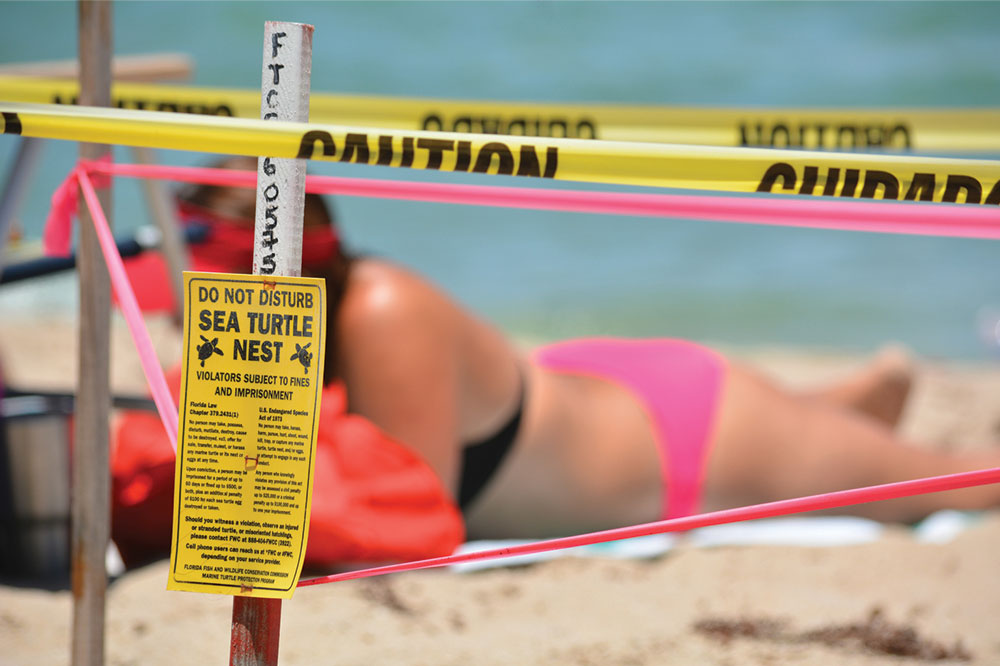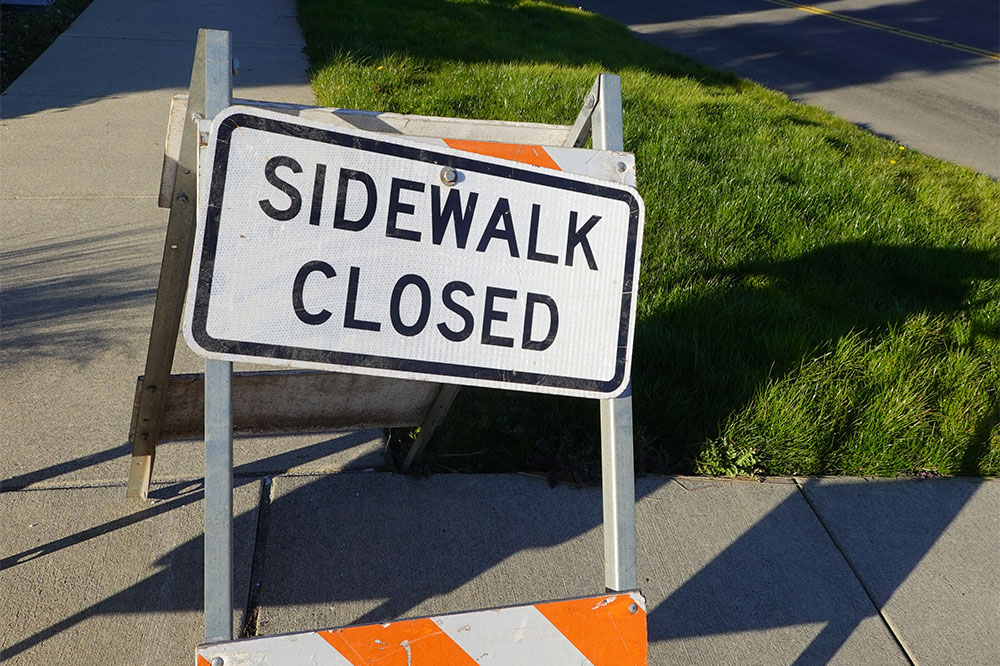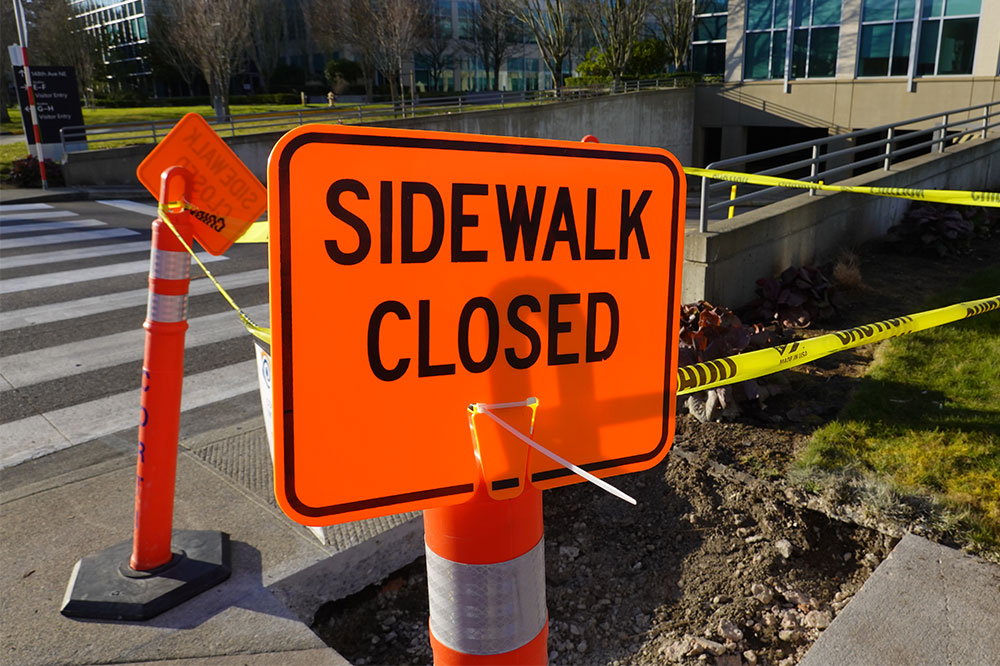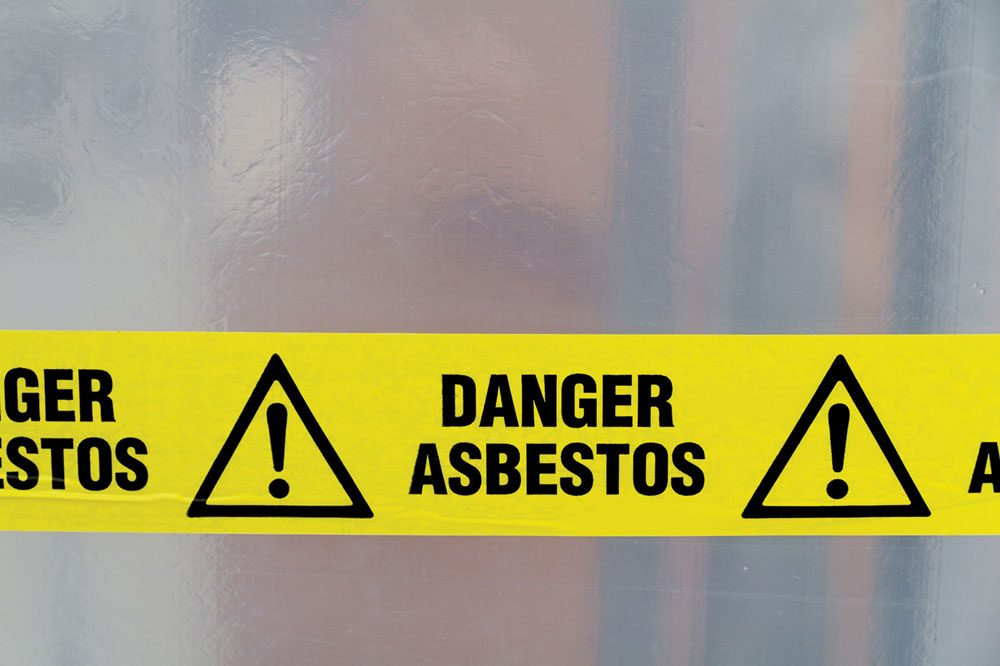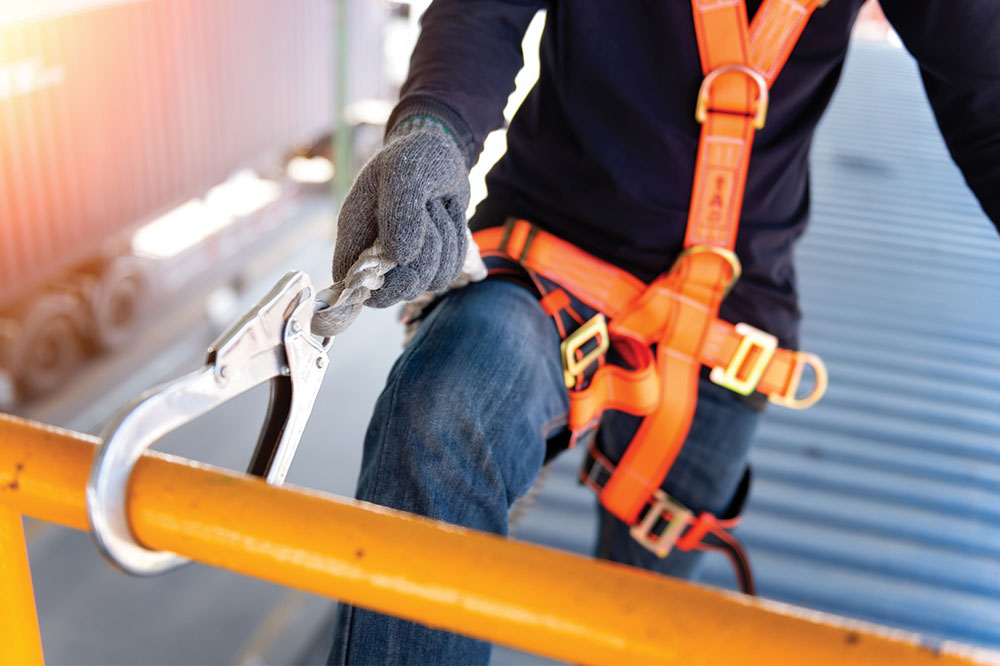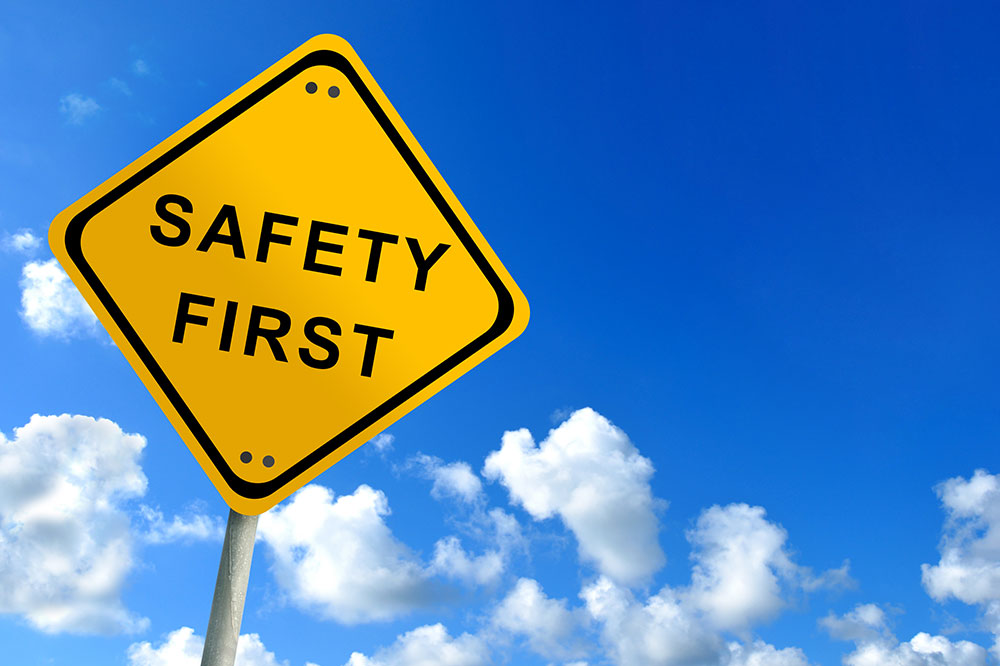The Significance and Proper Positioning of Sidewalk Closure Signs
This article emphasizes the importance of well-placed sidewalk closure signs for pedestrian safety during construction or emergencies. It covers types of signs, optimal placement strategies, and the need for high visibility to prevent accidents. Proper signage ensures pedestrians are rerouted safely, reducing risk and enhancing safety awareness. The guide is essential for traffic managers and contractors to effectively communicate sidewalk restrictions and maintain safe, efficient pedestrian pathways during disruptions.
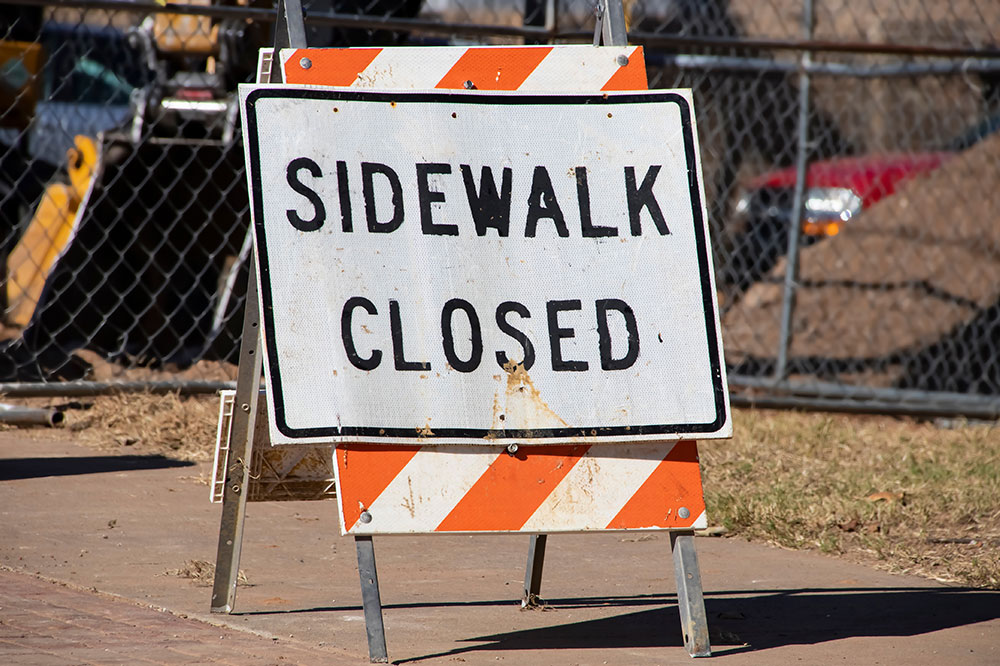
Understanding Sidewalk Closure Signs: Their Importance and Correct Placement
Traffic signage plays a vital role in ensuring safe and smooth movement for pedestrians and drivers. These signs provide advance notice of ongoing construction, repairs, or emergencies that result in sidewalk or road closures. Proper installation of sidewalk closure signs is crucial for visibility and effectiveness, especially for those responsible for their placement.
Why Sidewalk Closure Signs Matter
These signs temporarily reroute foot and vehicle traffic, preventing accidents and safeguarding public safety during maintenance or unforeseen incidents.
Effective positioning of sidewalk closure signs captures attention and ensures pedestrians easily notice them, reducing the risk of accidents. Often, pedestrians ignore or overlook these signs, risking their safety. Therefore, signs should be placed strategically to maximize visibility.
When positioning sidewalk closure signs, consider pedestrian habits—most walk along familiar paths and may not notice signs unless they are highly visible. To ensure safety:
Sidewalk Closed (R9)
Indicates the sidewalk is closed. Usually placed at the start of the closed area and at intersections preceding it. Multiple signs along the closure may be necessary for lengthy construction zones.
Sidewalk Closed (Arrow), Use Alternative Side (R9-10)
Alerts pedestrians to a sidewalk closure and guides them to another sidewalk on the opposite side of the street. Typically positioned where an alternate route is available.
Sidewalk Closed Ahead (Arrow), Cross Here (R9-11)
Warns pedestrians of upcoming sidewalk closures and directs them to alternative paths or crossings just past the point of closure.

